
PA systems may be a vital piece of the live music scene, but a lot of musicians would admit these black boxes are their Achilles heel. Now, while some live sound equipment can be tricky to get your head around and even be intimidating to set up, the truth is PA speakers are relatively simple once you learn a few simple concepts.
Easily the most frequently asked question when it comes to these systems is; what's the difference between an active and passive PA speaker? Well, today, we're going to walk you through everything you need to know about an active and passive system, and we'll even give you a few recommendations as well.
So whether you're in a band and you're not sure which style of system you require, a solo performer looking to upgrade your current setup or a venue owner looking to improve the sound of your open mic nights, you'll be sure to learn a thing or two about active and passive PA speakers.
Main differences
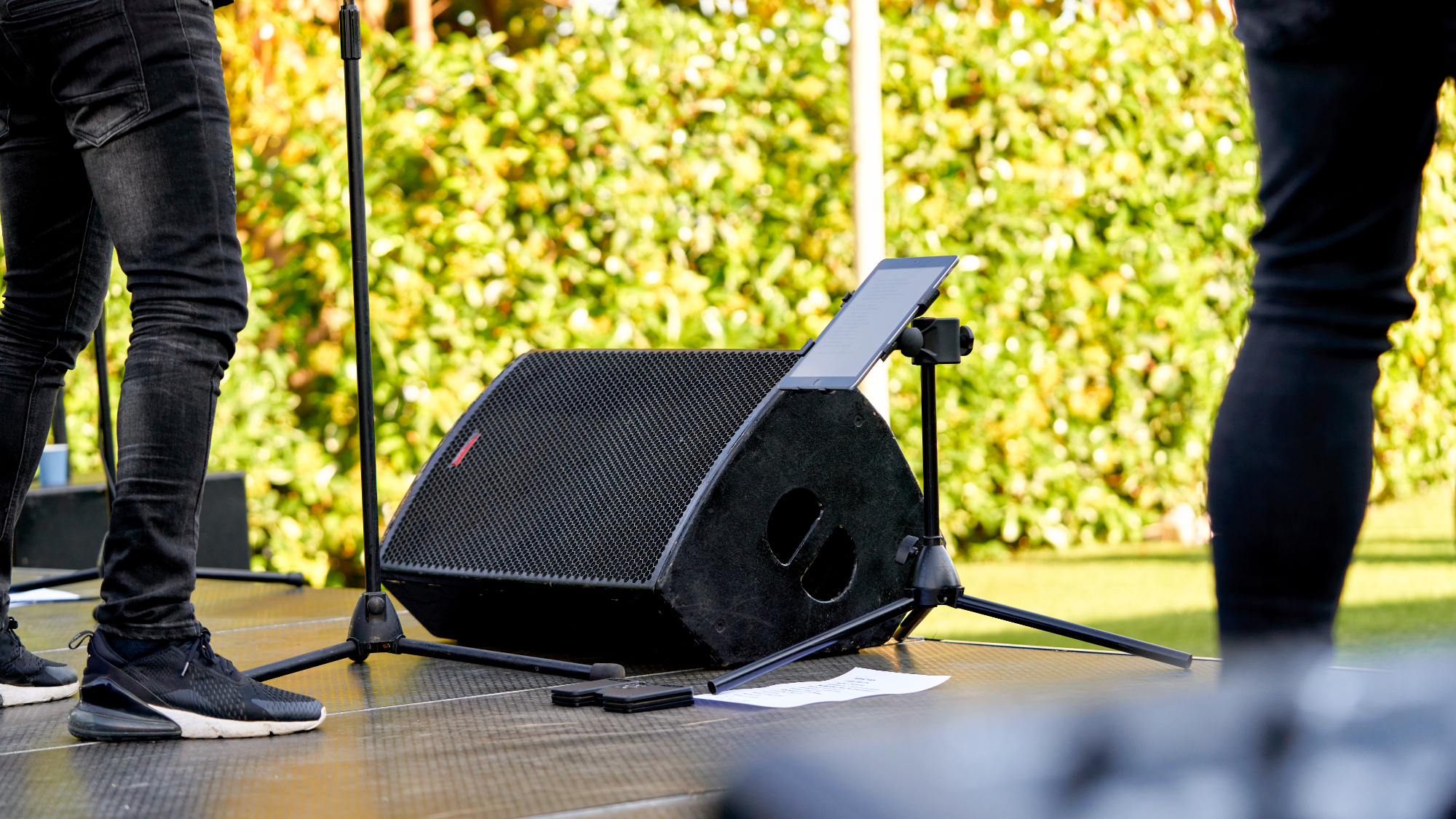
Okay, so when it comes to PA speakers, there are two main types - active and passive. Now, while both styles of PA fundamentally do the same thing, there are a few key differences between them. In a nutshell, active PA speakers are powered internally due to the power amp being built directly into the speaker unit. This means the speaker is entirely self-sufficient, requiring no external equipment to work. Passive speakers, on the other hand, require power from an external source - such as a power amp or powered mixer - to function.
Now, as you'd expect, both options have their own unique advantages and disadvantages. Active speakers have become very popular among everyone from large ensembles to small bands, duos and solo performers because of their ease of use and quick setup time. The lack of an external power amp means less equipment to carry to a show, and better yet; they often come loaded with contemporary features such as Bluetooth audio, built-in effects such as reverb and delay, and even rudimentary EQ controls.
That said, they do have a few drawbacks. As the amplifier is built into the speaker, it's not possible to upgrade it without buying a completely new speaker, and if the power section goes down at a show, you need to send the entire speaker away for repair - which can lead to you being short of a speaker.
Conversely, passive speakers don't suffer from the same problems. If your speaker blows during a gig or your amp stops working, you can simply replace the faulty element, and you're up and running in no time. However, you do require a little more know-how when pairing your speakers with a suitable power amp or powered mixer. Get this wrong, and you can damage your speakers. To match the speakers correctly, you'll need to pay careful attention to the speaker's power handling and impedance.
Which should I buy?
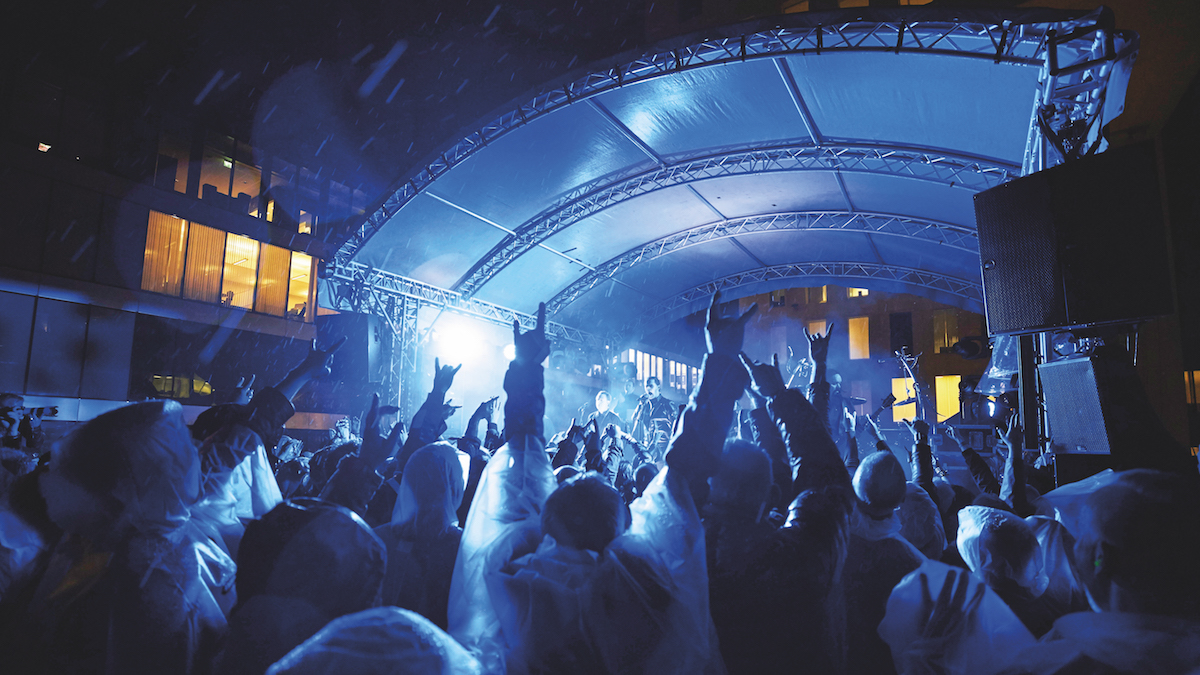
Now, whether you are seeking the best PA systems for a band or the ultimate busking rig, you need to do your research, weighing up all the pros and cons of each speaker style. If you are looking for a no-nonsense approach to sound reinforcement, then we'd highly recommend going down the active route. We really are living in the golden age of active speakers, with the units being lighter, more powerful and more durable than ever before. That said, make sure you take the time to carefully consider the exact wattage you require, as well as the number of inputs and any extra features.
For PA systems that won't be moved often, such as a venue, church, school or practice studio, then passive could be the best way to go. Not only are they easily expandable, they are often cheaper to fix and easier to maintain - and if they aren't getting moved around, then you don't need to worry about carrying around the extra equipment.
If you are planning to opt for passive speakers, then make sure you spend an equal amount of time choosing the amplifier as you do the speakers, as the right power source will make all the difference.
Is this your first time looking at PA equipment? Here are six tips for buying your first PA system.
Active PA recommendations
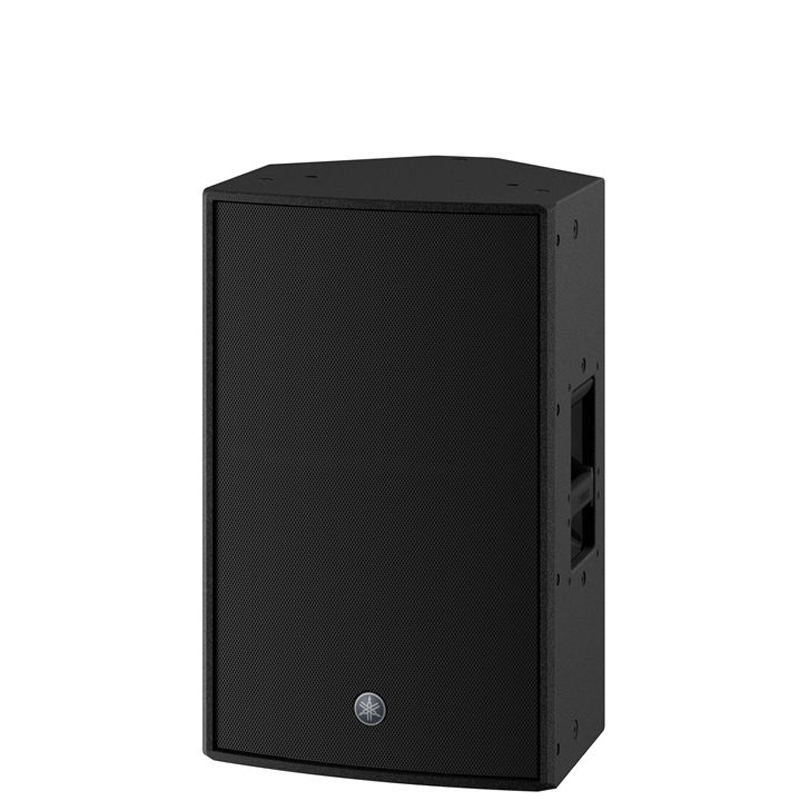
Power output: 2000W
Here at MusicRadar, we are massive fans of the Yamaha DZR range. This sturdy and reliable loudspeaker delivers a whopping 2000W and is perfect for a number of live music scenarios.
The convenient LCD screen located on the back of the unit allows you to easily adjust a wide range of DSP functions, from loading venue-specific presets to adjusting the EQ balance of the speaker and you also get a seven-year warranty!
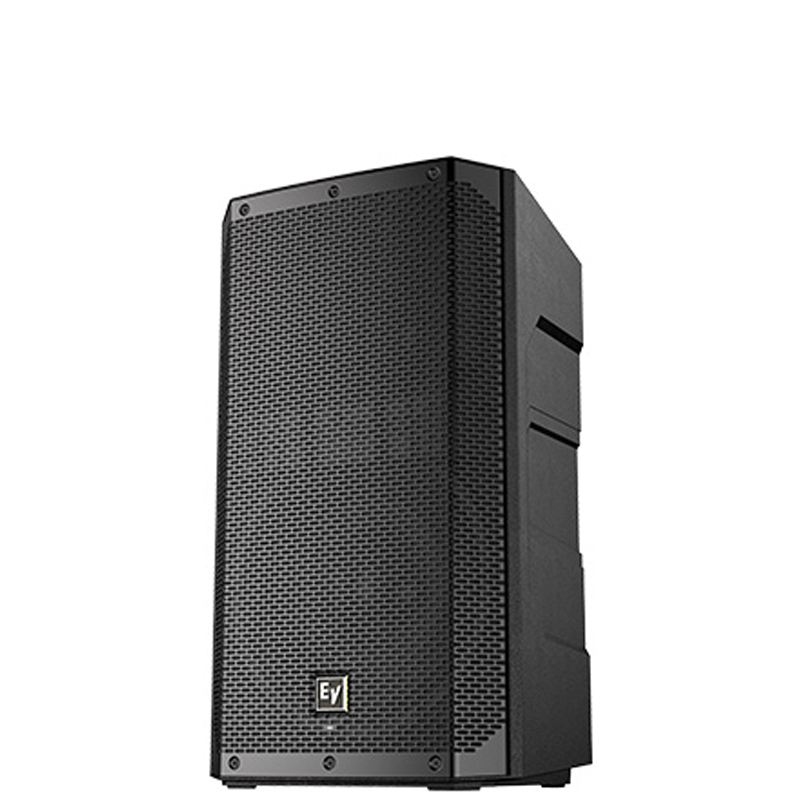
Power output: 1200W
Famed for their high-quality and reasonably priced speakers and microphones, EV sure makes some truly outstanding PA systems, and the EV ELX200-12P is one of our favourites.
This 12" powered speaker delivers a fantastic clear and articulate sound - and is more than capable of hanging with the more expensive units out there - and just like the Yamaha DZR, the EV also features an LCD screen for navigating through EQ presets.
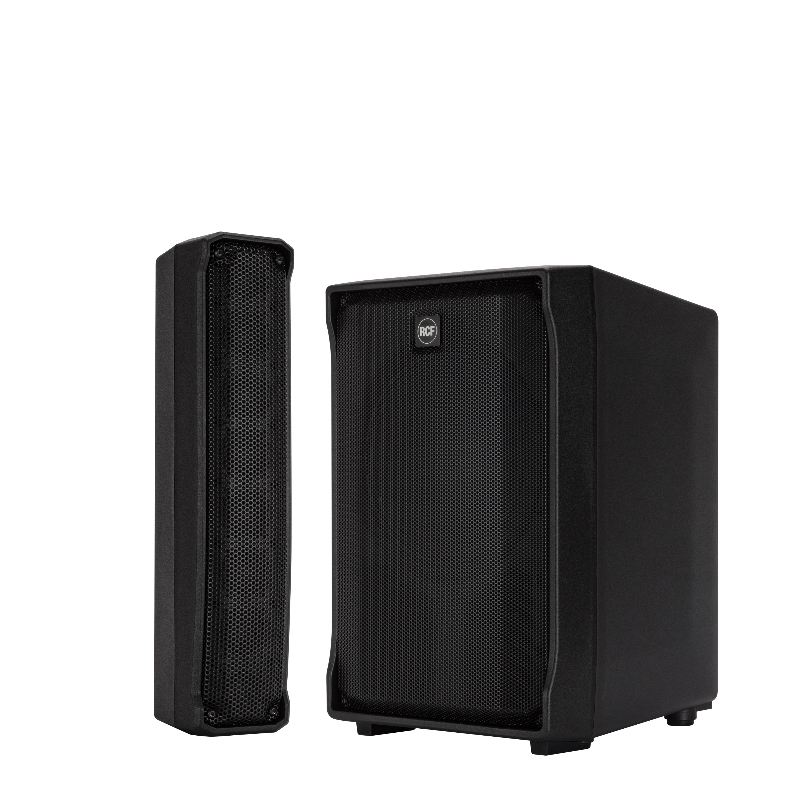
Power output: 1400W
If the thought of setting up a PA system makes your heart race, then the RCF EVOX system is the perfect solution for you. This all-in-one, small line array is super easy to set up and comes with a myriad of effects - and even amp modellers so you can plug your electric guitar or bass guitar directly in.
The entire system is controlled by the highly intuitive EVOX mobile app, which allows you to manage all the features of the in-built eight-channel digital mixer.
Passive PA recommendations
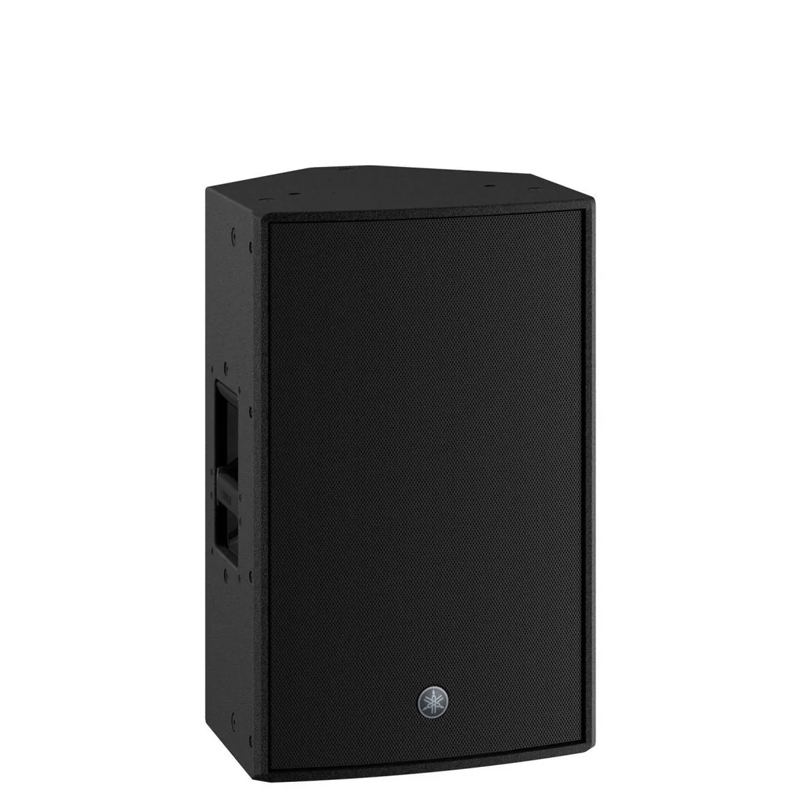
Power output: 800W
Unsurprisingly, a Yamaha speaker takes our top slot in the best passive and active speaker category. In our humble opinion, the Japanese instrument titan makes some of the finest music gear around, and that extends to PA speakers.
This 2-way loudspeaker offers users a high power handling of 800W while being surprisingly lightweight, making it easy to load in and out of the show. The CZR12 features Yamaha's famous Wide Dispersion CD Waveguide Horn, producing a clear, punchy and crisp sound that's versatile and powerful.
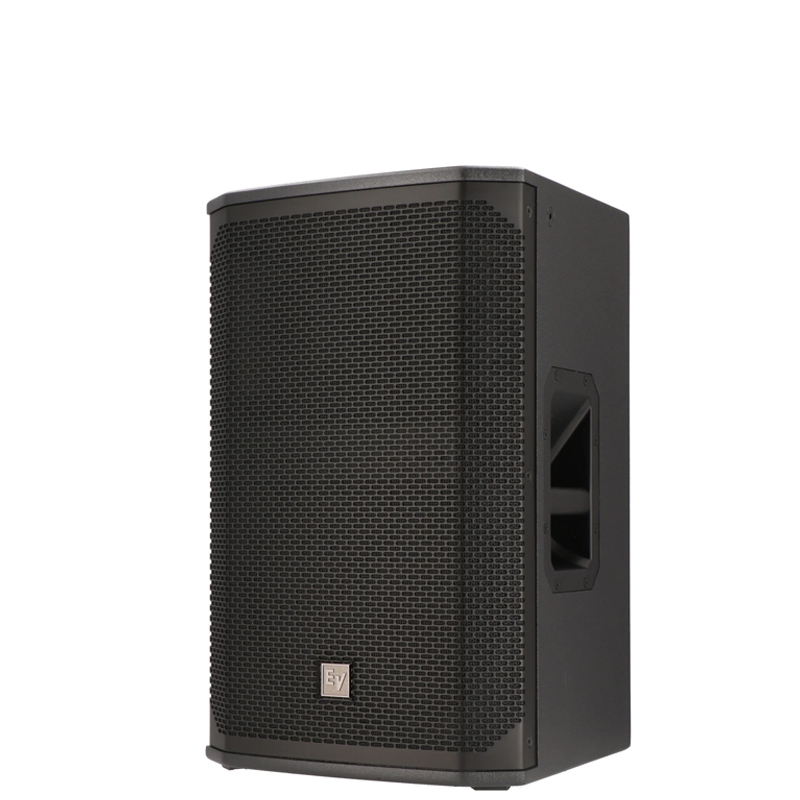
Power output: 350W
When it comes to mid-priced options for passive PA speakers, our choice will always go to EV. Now, the EKX range does offer active units as well, but right now, we are only concerned with the passive options.
Delivering a whopping 1400W (peak), the EKX-12 is more than powerful enough for most situations, providing a clear and consistent sound across the frequency spectrum. Moreover, the lightweight wooden enclosure feels incredibly durable and is designed to perform just as well as your main front-of-house unit or a stage monitor.
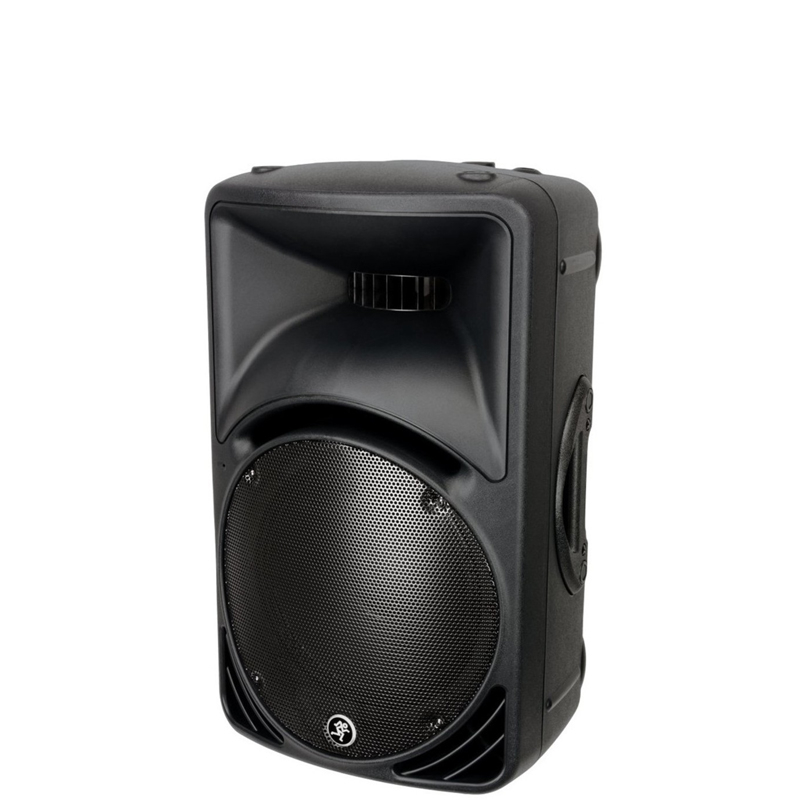
Power output: 300W
Mackie has been the go-to option for bands in almost every genre imaginable since they hit the live music scene in 1999. Whether it's their famous active speaker, the SRM450 or a passive option, such as the C300Z, these black boxes are seen in venues up and down the country.
Designed to give you the same sonic experience as the famed SRM Series, this passive version is every bit as good as its active brethren. Featuring a rugged moulded cabinet and high-output drivers, this speaker is punchy and clean.
Looking for more live sound gear? Our expert buyer's guides are here to help
- We explore if it's better to hire or buy a PA system
- Best vocal mics: vocal microphones for the studio and stage
- Protect your hearing with the best earplugs for musicians
- The best in-ear monitors: IEMs to suit all budgets
- Nail your live sound with the best consoles for live mixing







